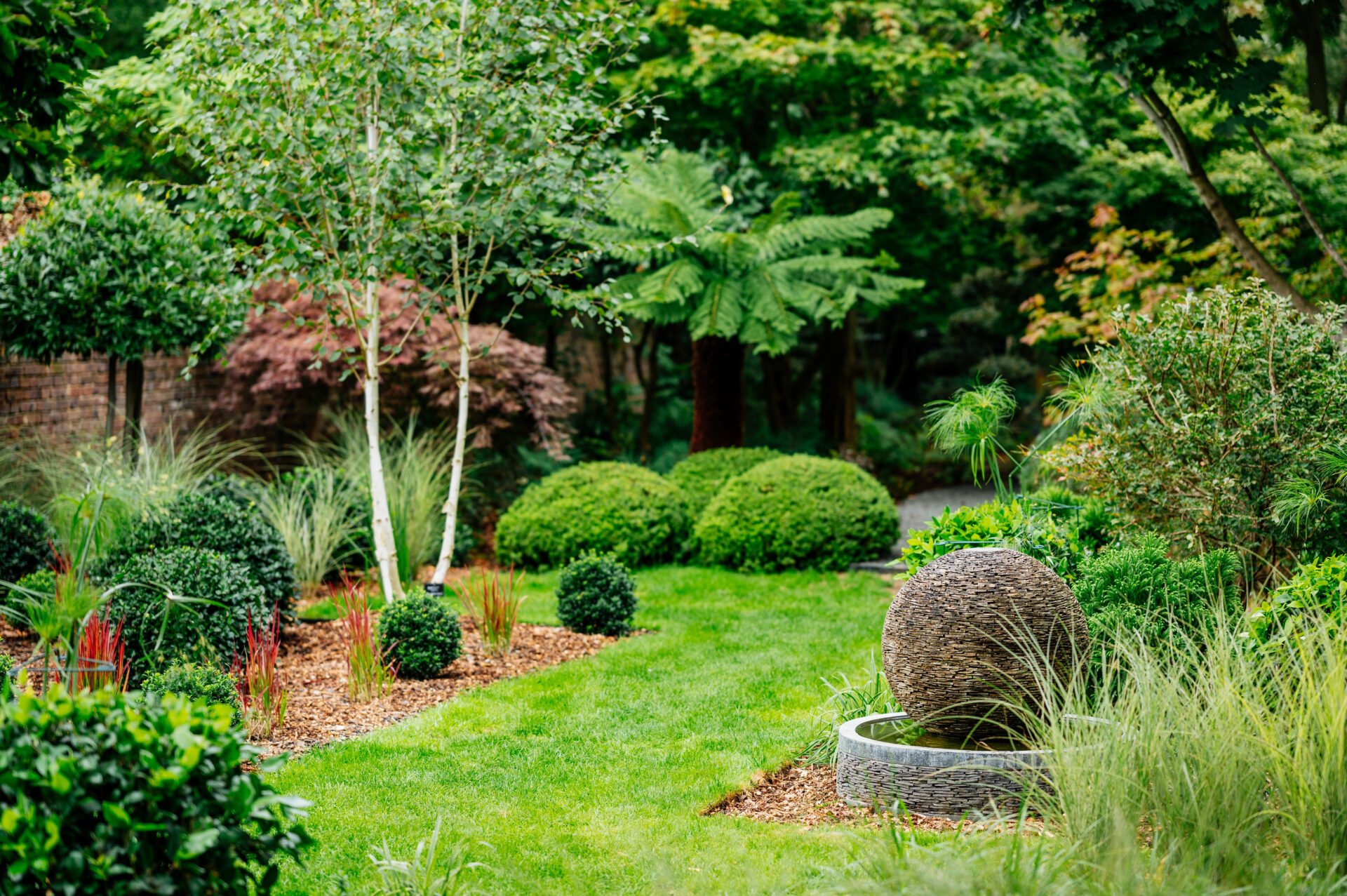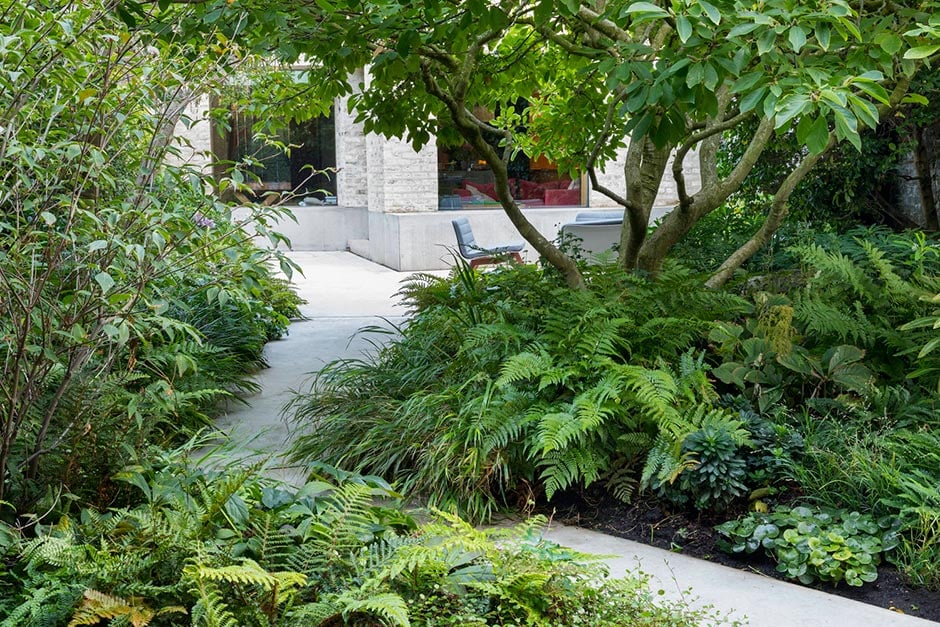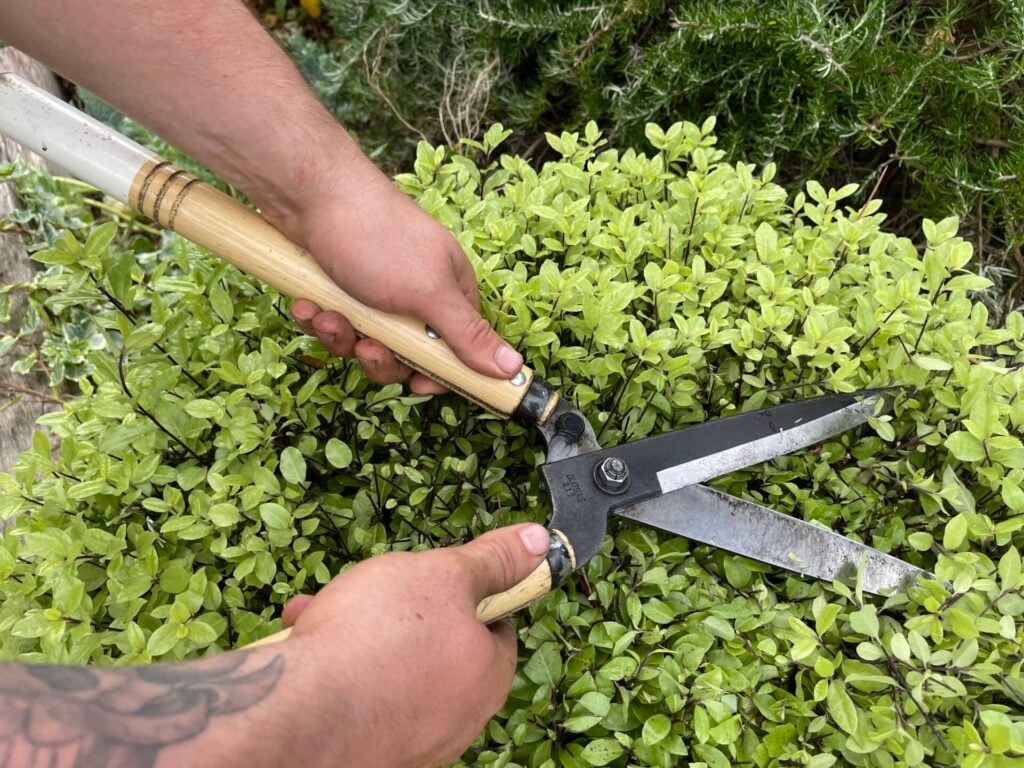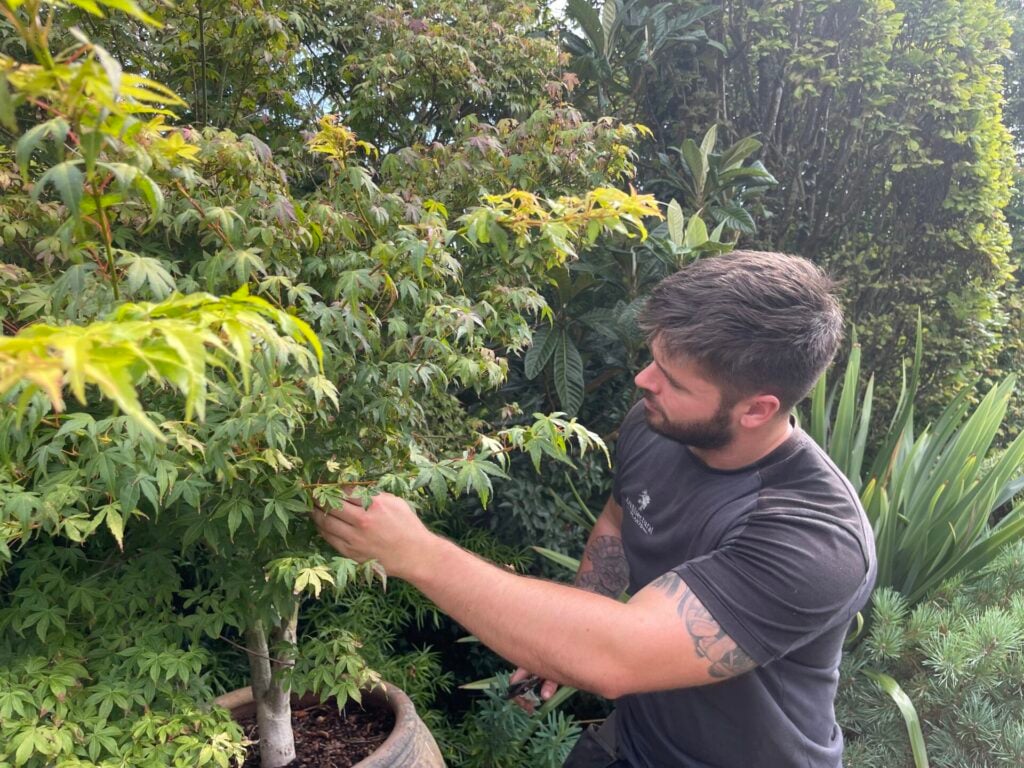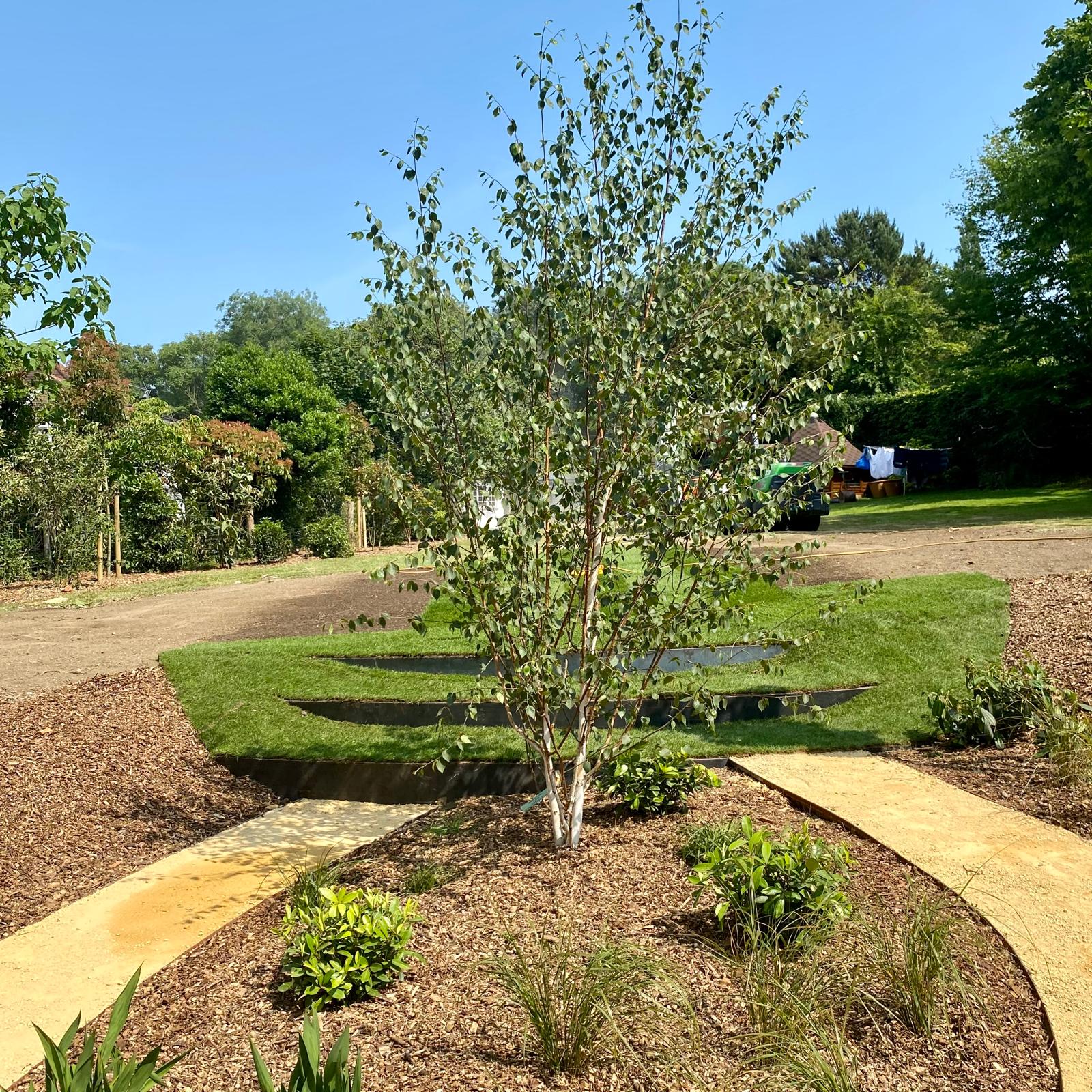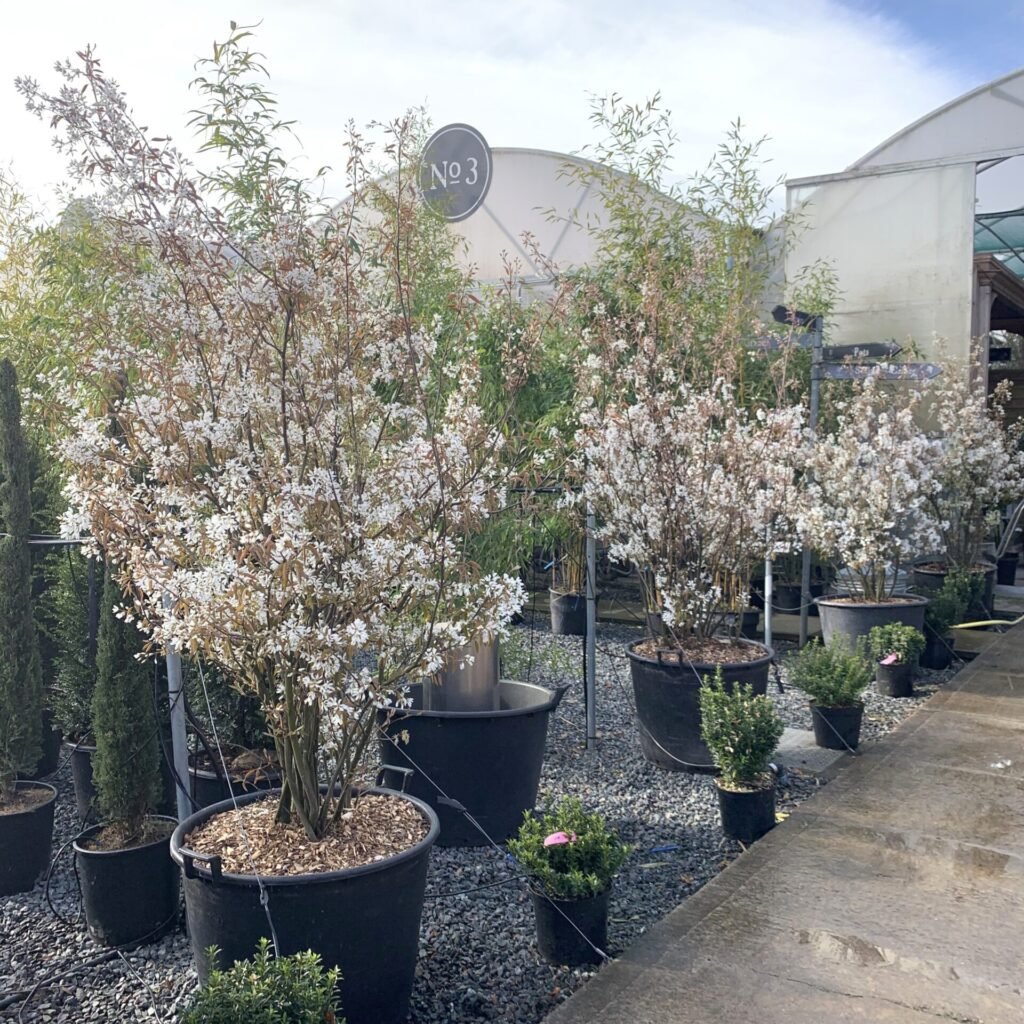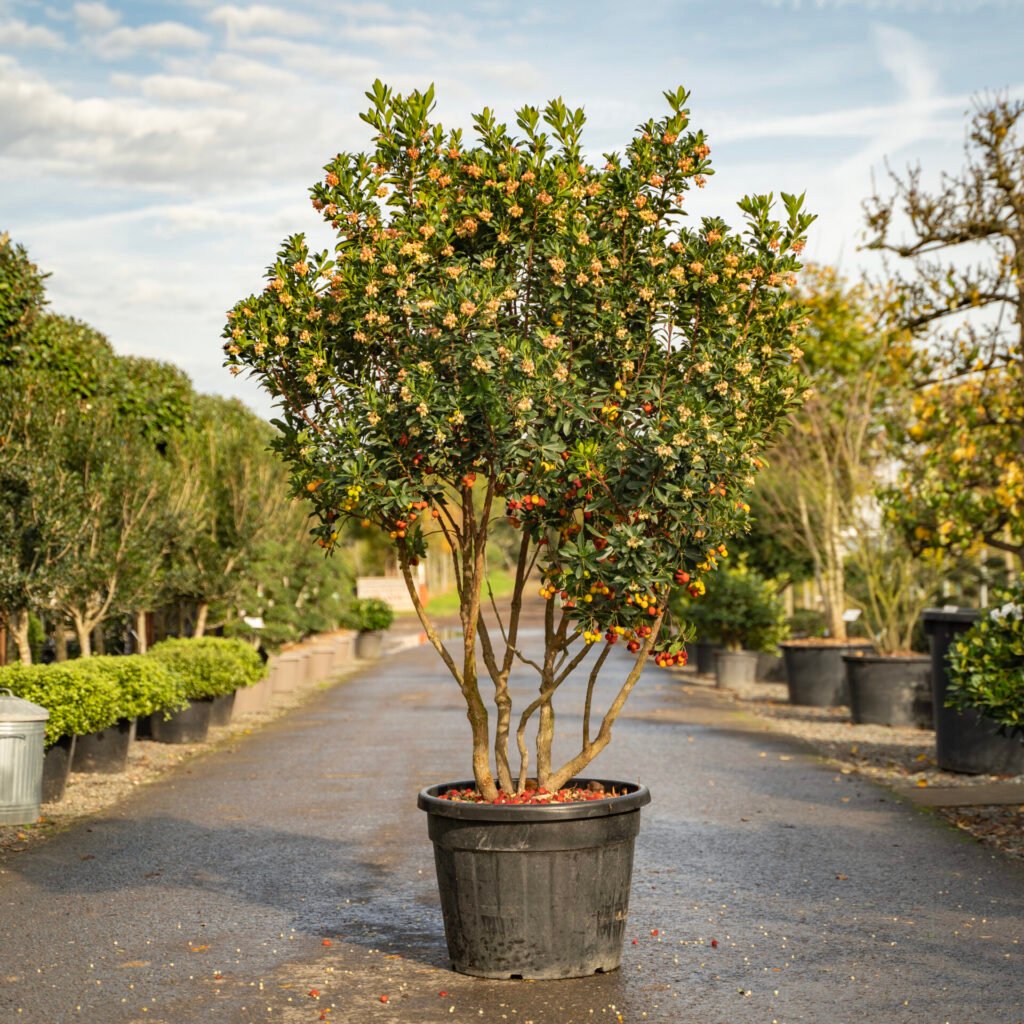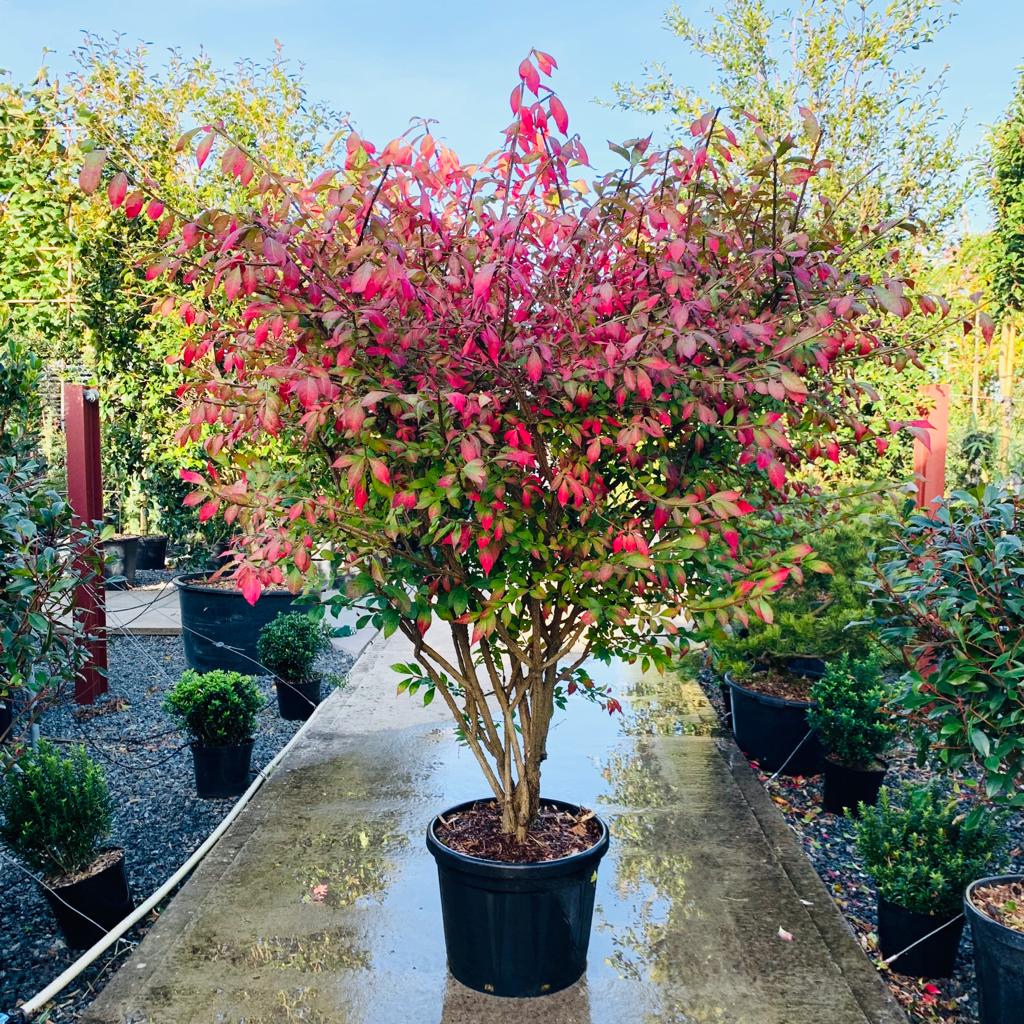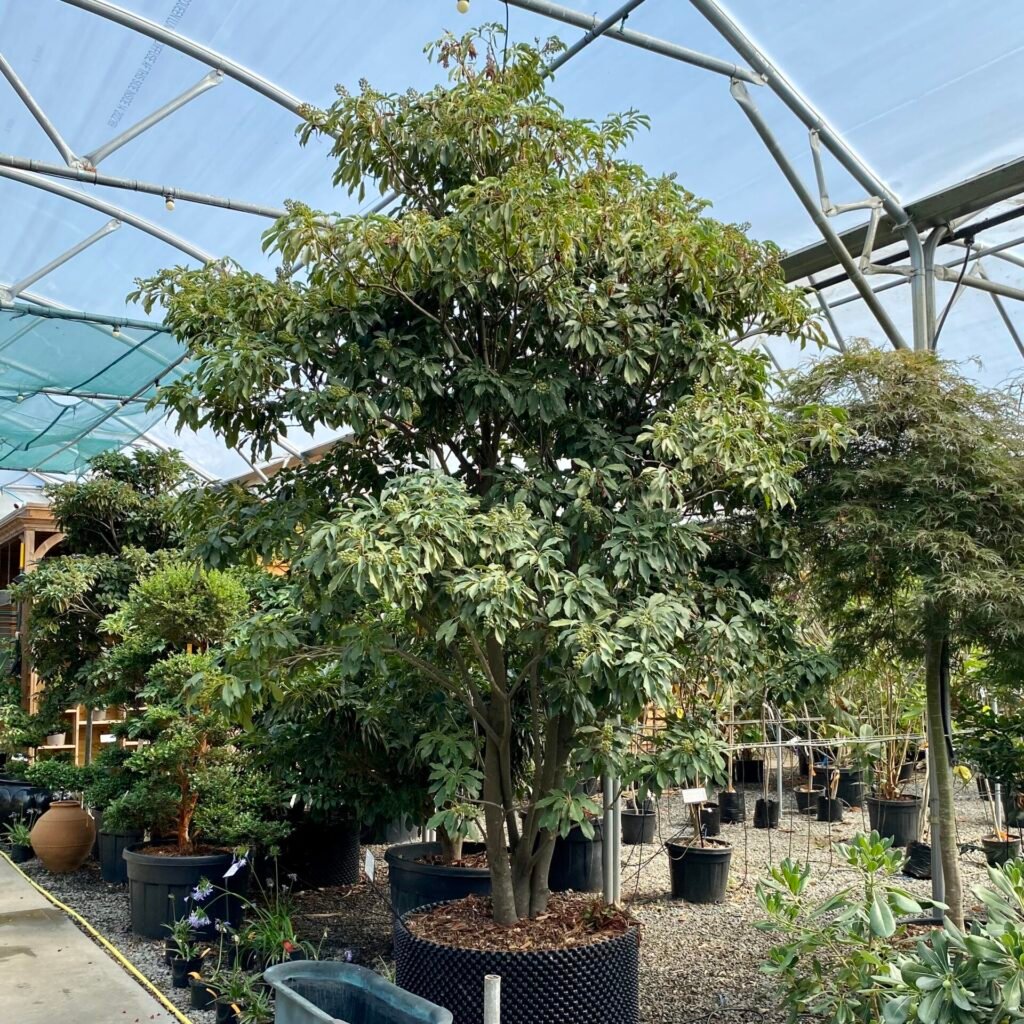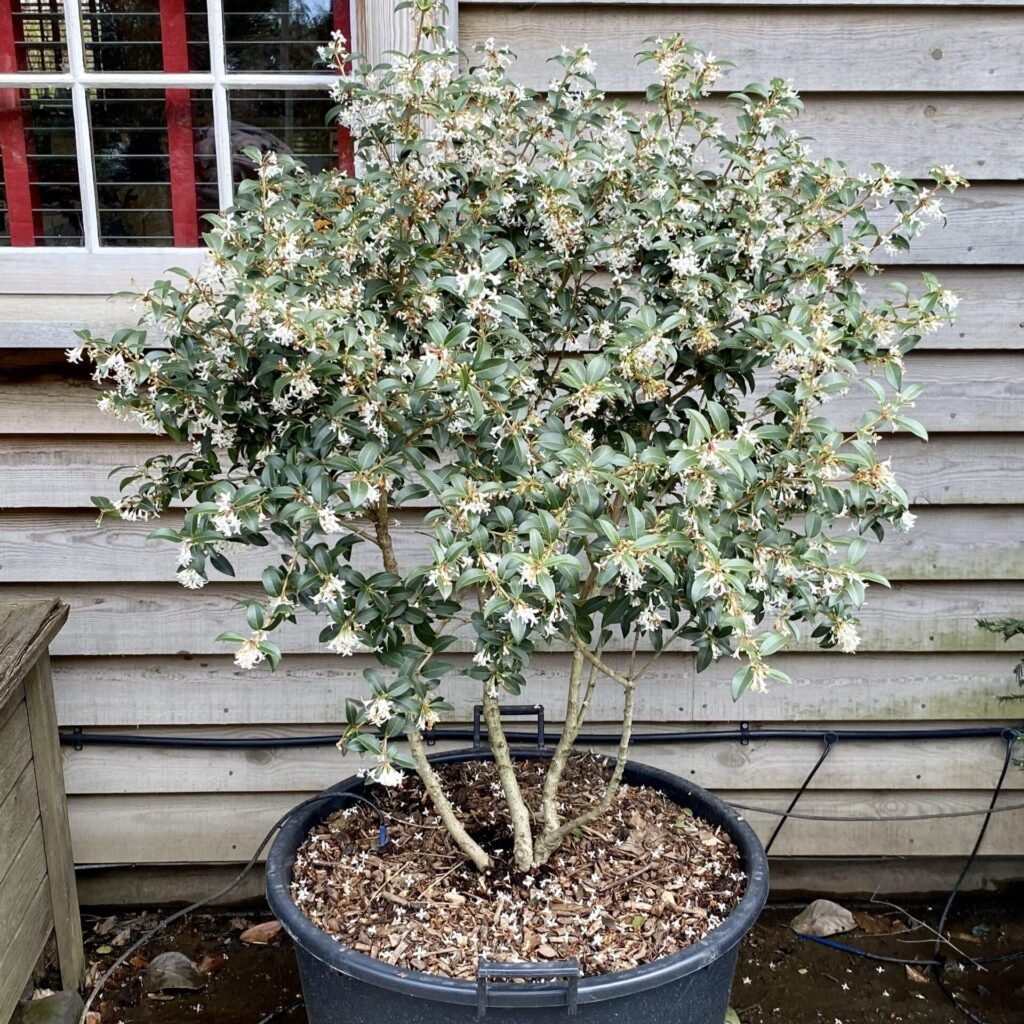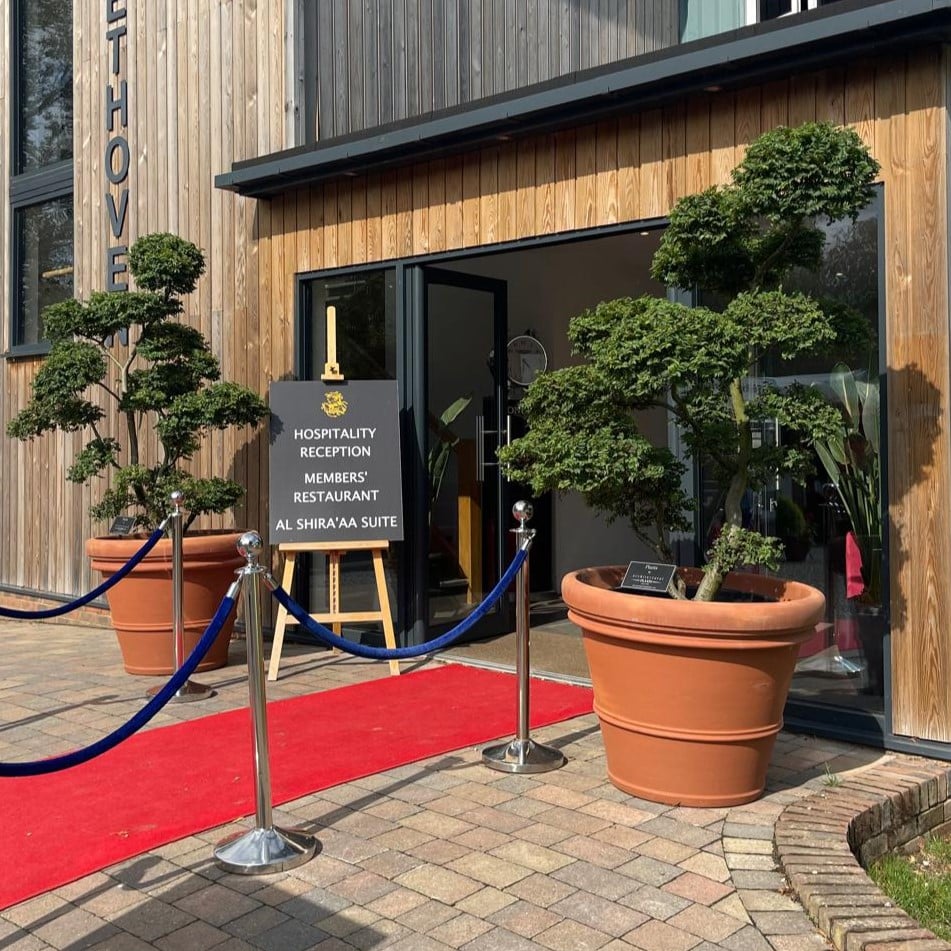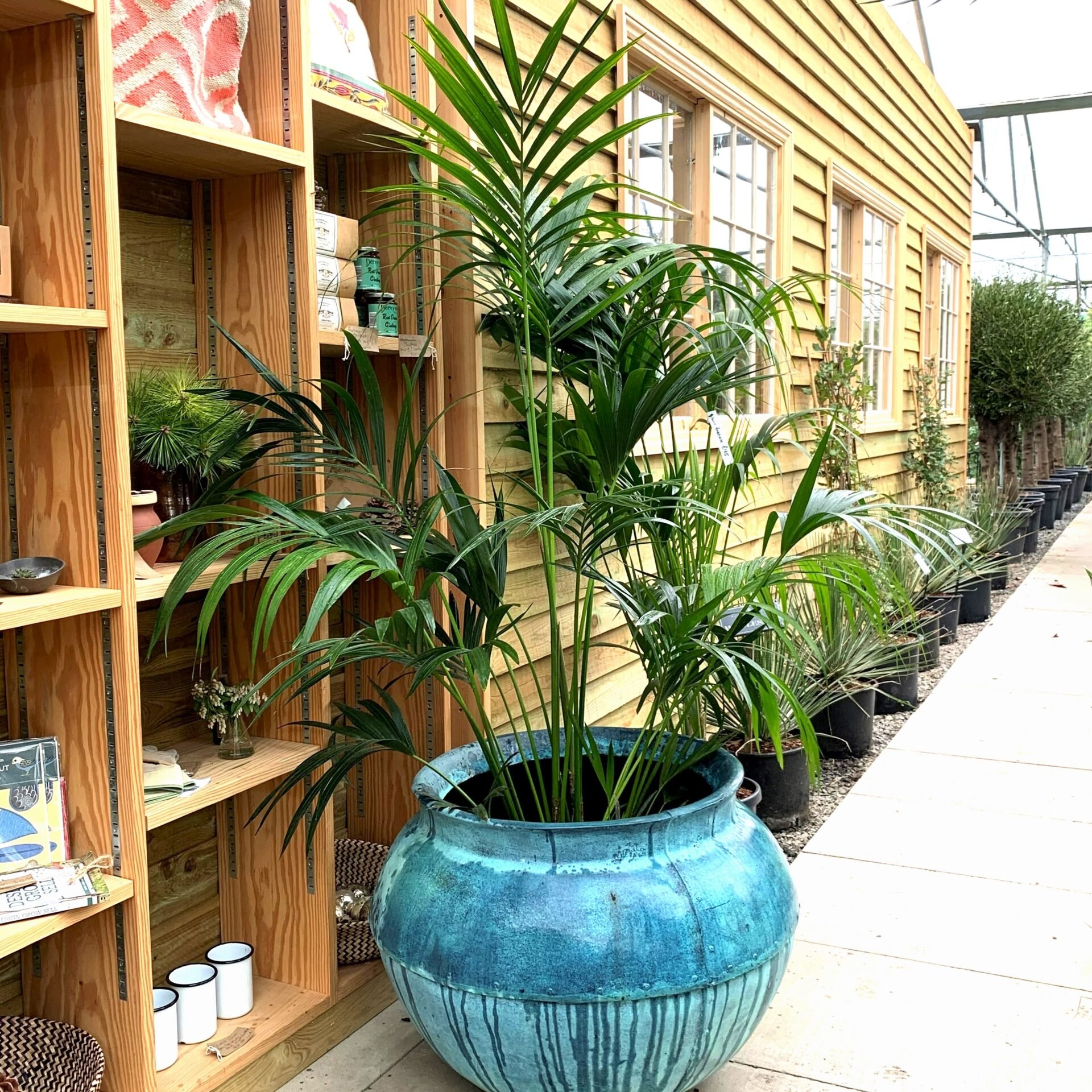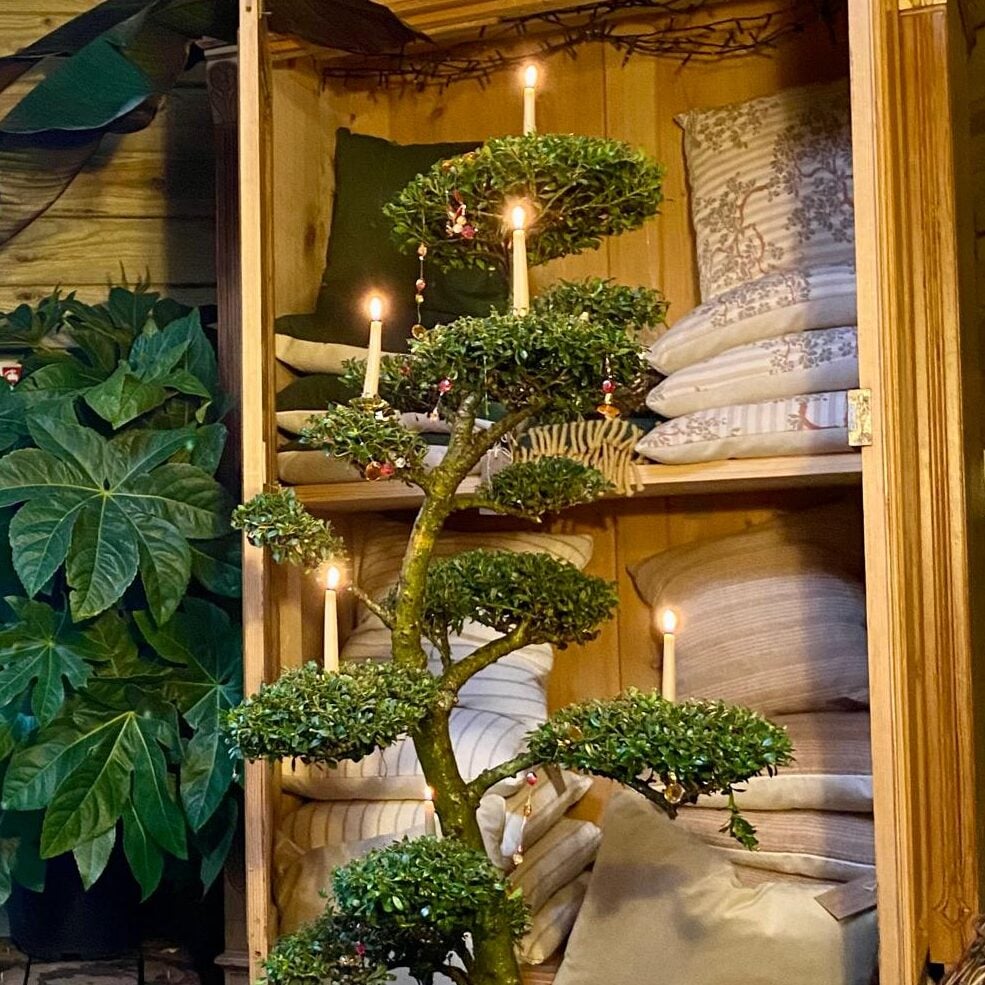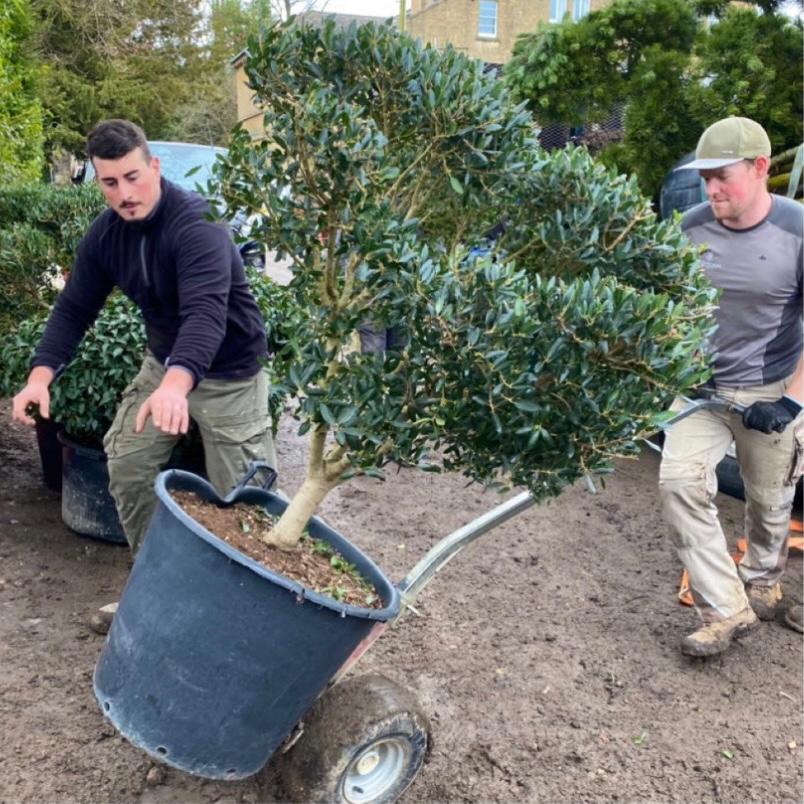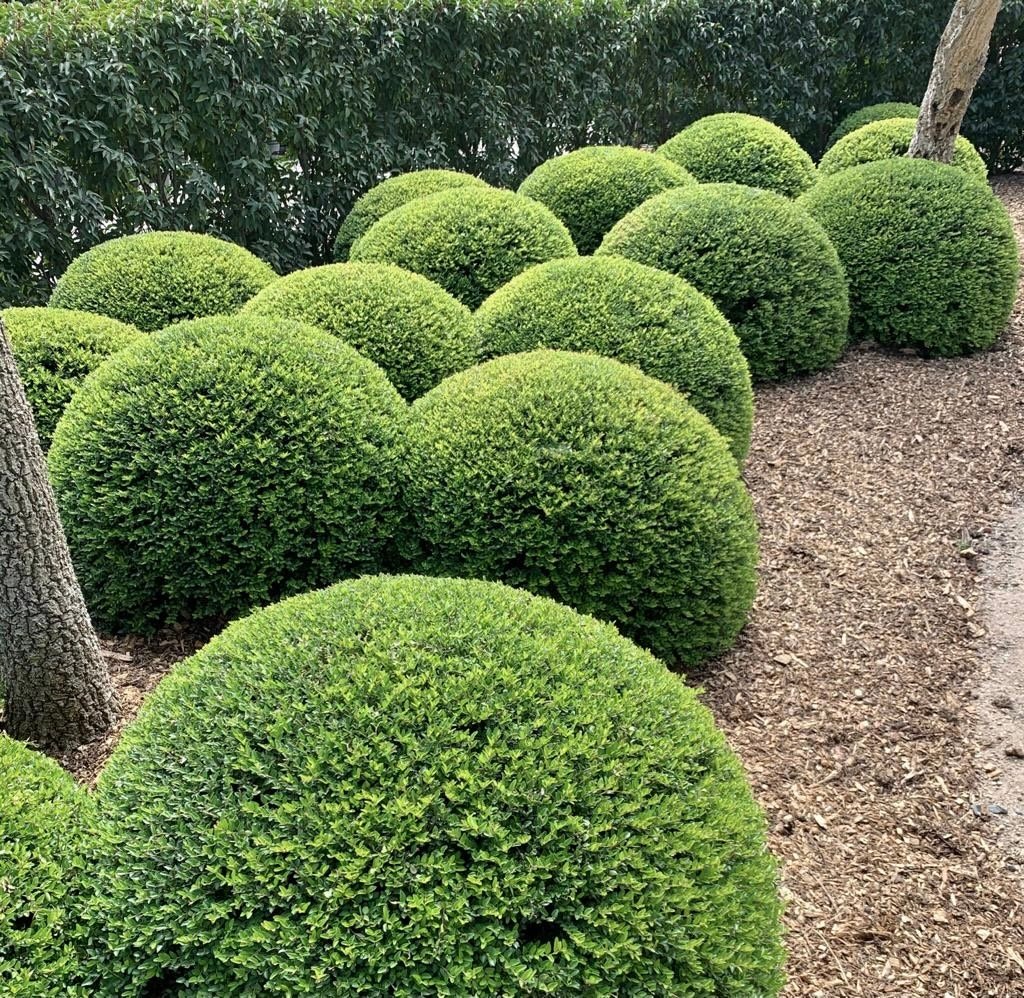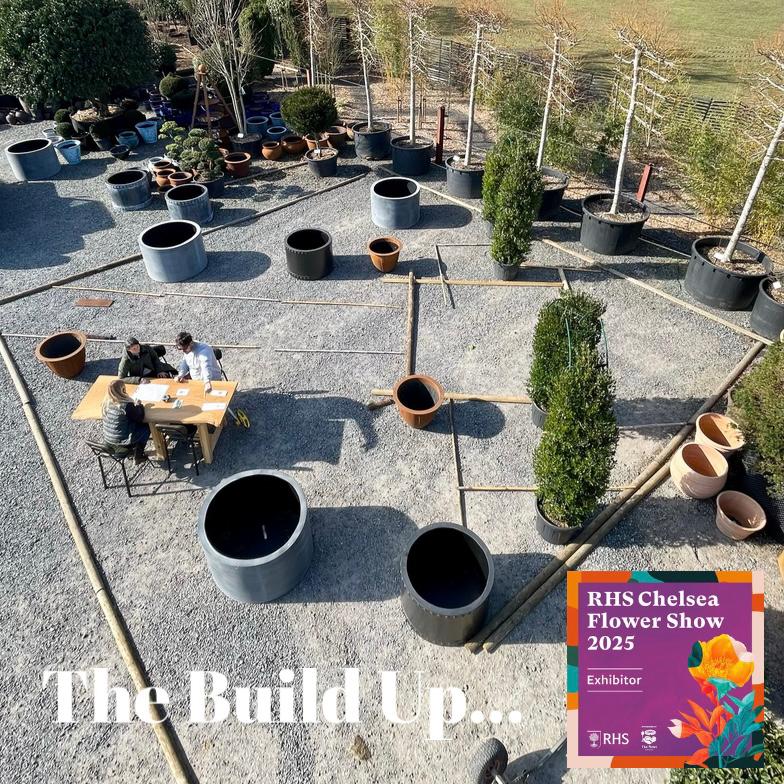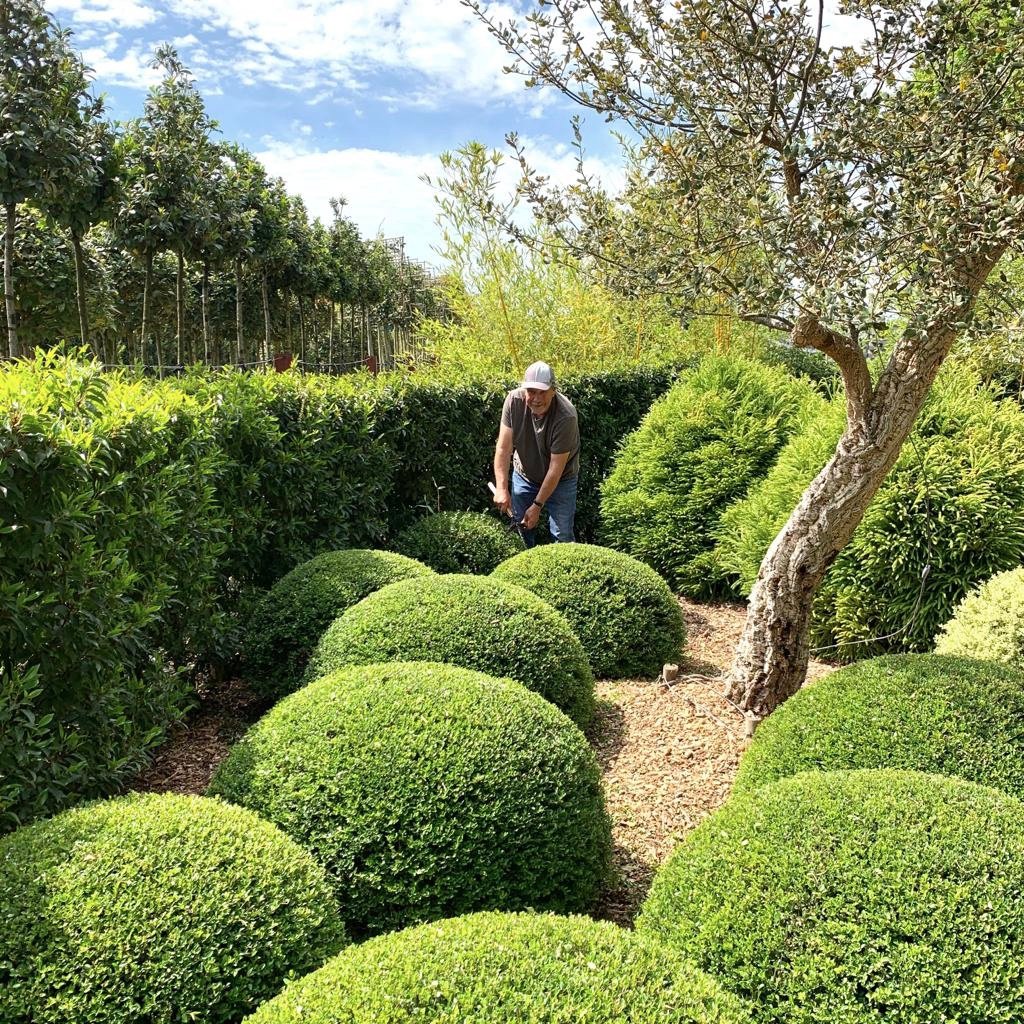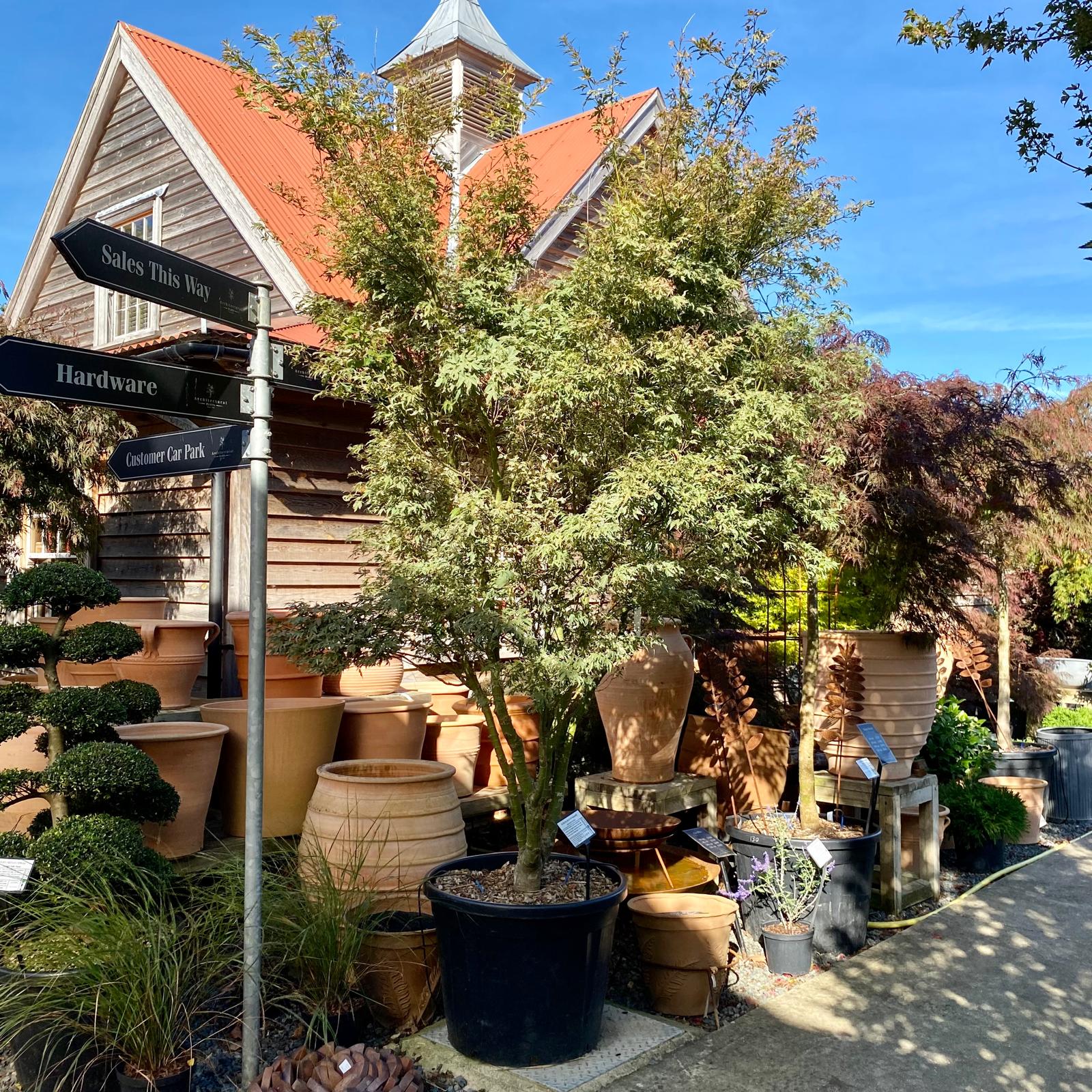Our Six Favourite Multi-stems
By Louise Diggins
Ever bought a plant and then wandered around the garden looking for somewhere to plant it?
It can’t just be me who convinces themselves that there’s a perfect gap when at the nursery, only to find the gap has mysteriously disappeared by the time I get home clutching my new purchase.
A cheap way of increasing your planting area without having to up sticks and move house is to raise the crown on your larger shrubs and trees, in other words chop off the lower branches. Instantly you have a new area to plant up and a new micro climate to play with.
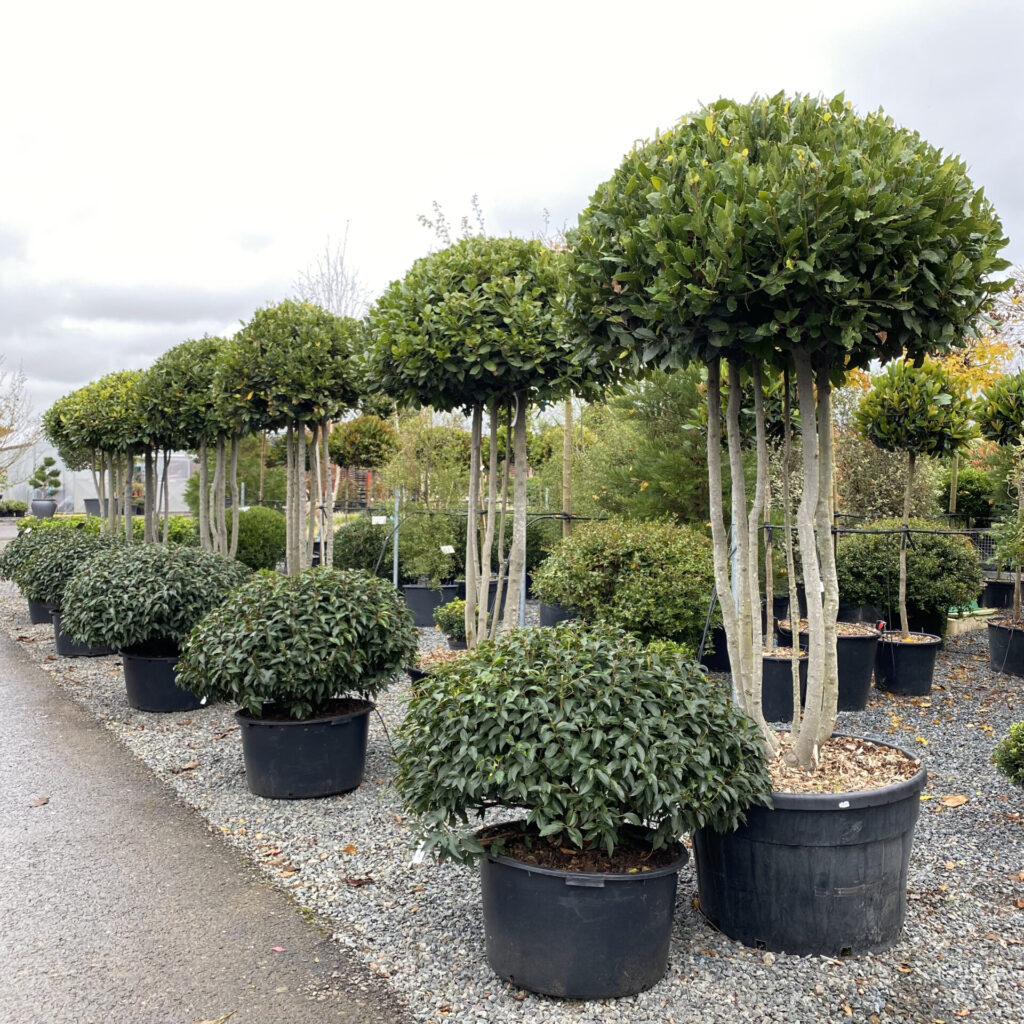
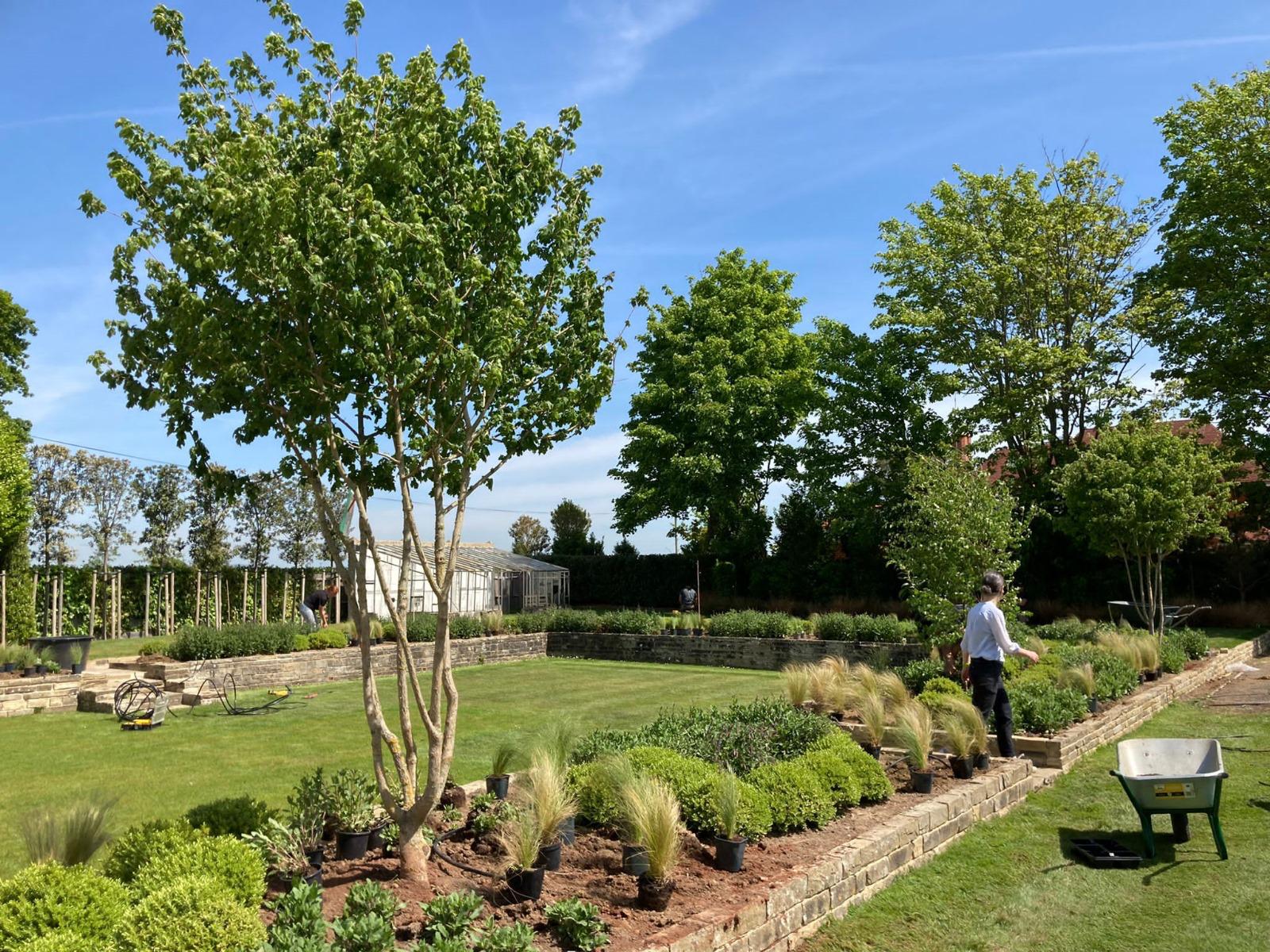
Already have a plant you could prune?
The best time of year to attempt this, for most plants, is late February-March, while the plant is dormant. Gather together a pruning saw, long arm pruners and a pair of secateurs, you’ll probably need all of them, along with a bucket of water with 5% bleach in, to dip your tools into to help prevent the spreading any diseases.
Stand well back and have a good look before you make a cut. Take a photo and use that as a reference, it’s amazing how a branch that is obvious when standing away from the plant disappears into a muddle when you have the saw in your hand and you’re in the middle of the thicket.
You can even tie string around the main branches you want to cut just to make sure they’re the right ones but if you do cut off the wrong branch it’s not the end of the world, we’ve all done it and they do grow back.
Try for one third stem to two thirds head to begin with and see what it looks like, you can always take off more later and remember to remove all the twiggy growth at the base to keep it clean and let any bark show through.
No plants to prune?
You can always buy one ready trained.
If you’re after a less formal look in the garden, multi-stemmed trees give a more natural feel than the ram rod straight stems of a standard. Think of a coppiced hazel rather than a street tree.
Betula (Birch)
Birches are a classic example, their bark shows to advantage and you can have more of it when there’s more than one trunk, but even though several together will compete and produce a smaller specimen overall, they’re still quite big trees and need a lot of space
Amelanchier canadensis (Sugar Plum)
Amelanchier is smaller, upright multi-stemmed deciduous tree with masses of white flowers in late winter. Green leaves turning bright red/orange in the autumn and though it doesn’t have the bark of the Birch the white flowers stand out against the coppery new growth, autumn colour and berries. They can reach 15ft after 20 years. The fruit is sweet and edible hence the name.
Arbutus unedo (Strawberry Tree)
You could try Arbutus unedo if you have a moisture retentive, acid soil. A small evergreen tree with panicles of white flowers and round, red fruits all at the same time. Their natural habit is to be multi-stemmed and as the bark is reddish and flaky, much fun can be had clearing growth off the stems to expose them. They also (like all Strawberry Trees) have lots of dead twigs in them which do the tree no harm but much visual improvement is made by removing them. Time consuming but worth it. Always a good plant for practising your Creative Maintenance on.
Euonymus alatus (Winged Spindle)
Euonymus alatus has corky, winged branches and the smallest pale green flowers, its foliage is a soft mid green but it’s in the autumn that it comes into its own turning a brilliant red. It would be perfect in an informal garden. Plant it in full sun and it’s naturally spreading habit will provide shade that can be underplanted with evergreen ferns, hellebores and bulbs starting with snowdrops and cyclamen in the winter all the way through to Colchicums for a clash in the autumn.
Trochodendron aralioides (Cartwheel Tree)
Trochodendron aralioides would be the ultimate evergreen multi-stem. It’s hardy but isn’t fond of cold winter winds so perfect for woodland or urban areas and doesn’t mind sun or shade. It has a naturally mounded shape, the leathery evergreen leaves are in whorls,
bronze to begin with turning a dark green providing a foil for the spikes of apple green flowers. With its crown raised underplant with snowdrops, pale narcissus and evergreen skimmias, ferns and hellebores. Very classy.
Osmanthus x burkwoodii
Any of the Osmanthus would make splendid multi-stemmed shrubs. It can be allowed to grow wild and woolly, but in my opinion would be best clipped into
tight billows. The white, sweetly scented flowers will still be produced in amongst its glossy, dark foliage.
NEXT BLOG
Look out for our next blog: Our top sun loving plants.
In the meantime, take a look at our collection of multi-stems currently available at our nursery and from our online shop…

